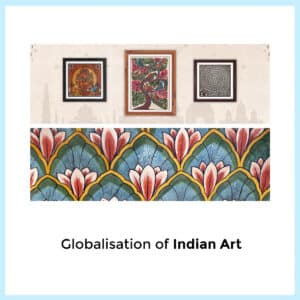Medieval architecture, which reflects the cultural,religious, and technological developments of its era, is a monument to human creativity and workmanship. Even though it’s sometimes linked to famous buildings in Europe, such Gothic cathedrals, Indian medieval architecture is equally magnificent and intricate. India and the West’s medieval architectural styles are remarkably similar, despite their geographical and cultural separations.
Sociopolitical and religious considerations had a significant impact on medieval architecture in both India and the West. In India, architectural styles were influenced by Buddhism, Islam, and Hinduism, whereas Christianity was crucial to the development of Western architecture.
Structural features
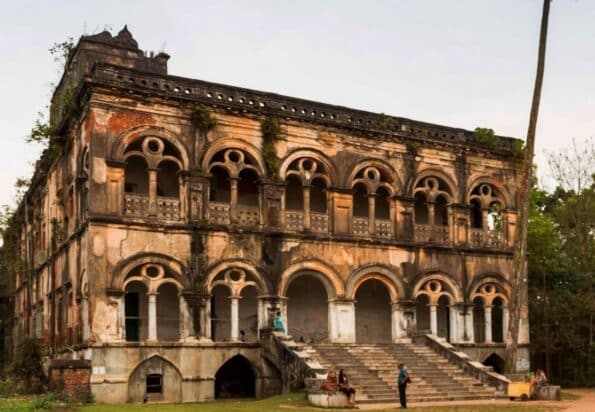
Arches, domes, and pillars are common structural features seen in both Indian and Western medieval architecture. The elaborate domes and arches seen in Indian temples and mosques are mirrored in the usage of arches and vaults in Gothic churches. These architectural elements represent transcendence of the spiritual realm and divine connection in addition to their practical uses.
Ornate Decoration
Extensive decoration and fine carvings are hallmarks of medieval buildings in both locations. Artists in both traditions displayed unmatched artistry and attention to detail, whether it is seen in the fine tracery of Gothic windows or the elaborate stone carvings of Indian temples. Both Indian and Western architectural designs frequently use geometric patterns, religious symbols, and nature-inspired themes.
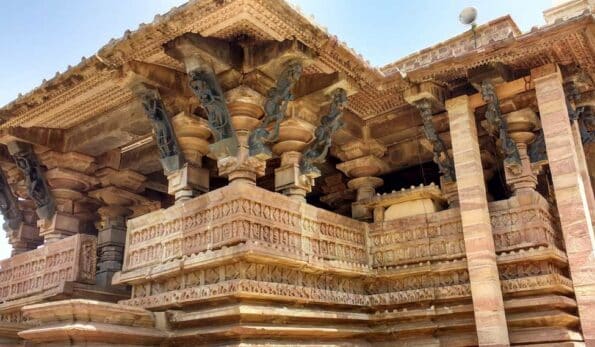
Symbolism and Spiritual Significance Of India
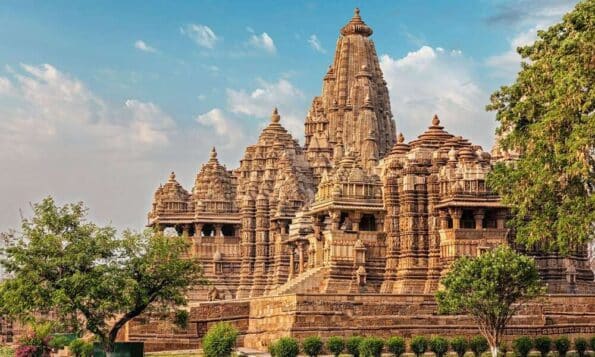
Throughout medieval India and the West, architecture was used to communicate religious stories and express spiritual ideas. Symbolic and spiritual importance permeated architectural components, from the tall spires of European cathedrals reaching to the sky to the finely carved statues of Hindu deities in Indian temples.
Integration with Surrounding Landscape
Both Indian and Western medieval architects showed a deep awareness of their natural environments and incorporated them into their designs. Whether it’s the European hilltop monasteries tucked away among beautiful landscapes or the Rajasthani hillside forts that mix in well with the untamed terrain, medieval architecture was masterfully interwoven with its surroundings.
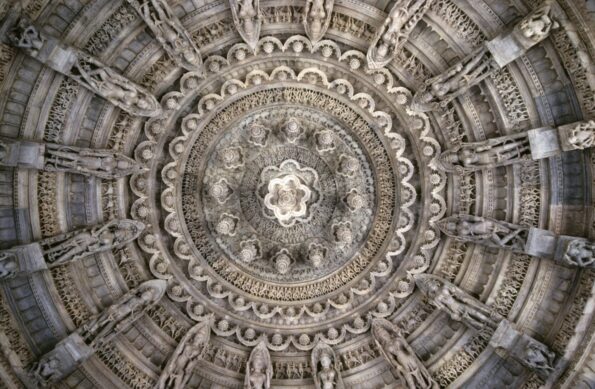
The structural components, elaborate ornamentation, symbolism, and connection with the surrounding environment of medieval architecture in India and the West are strikingly comparable, despite their different cultural backgrounds and geographic locations. Examining these similarities highlights the common human need for spirituality, beauty, and artistic expression as well as improving our knowledge of architectural history.




